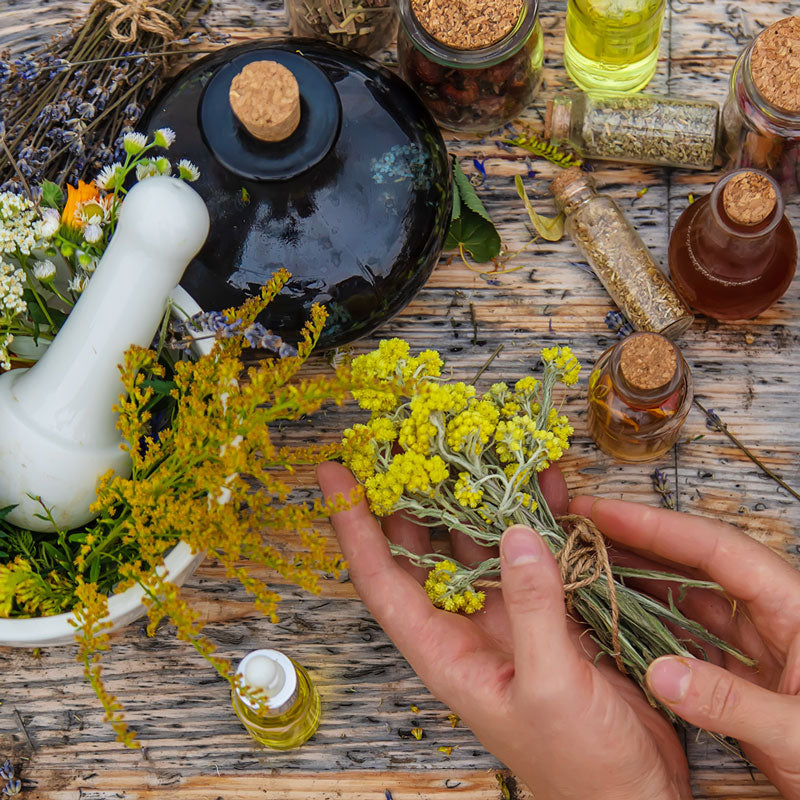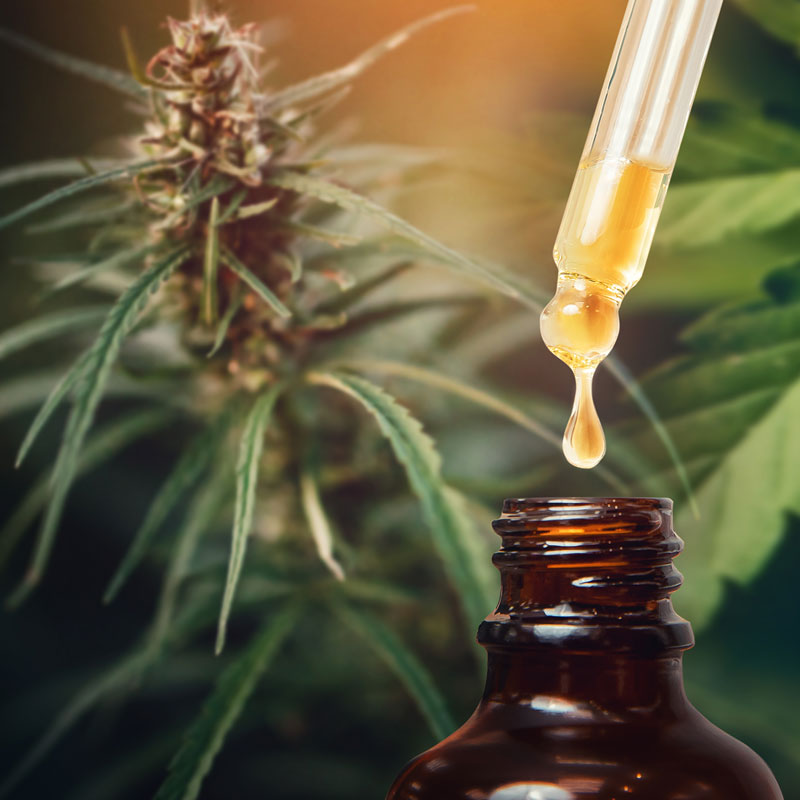Homemade Sage Tincture and Extract Recipe using Food Grade Ethanol

Sage is a fragrant herb widely used in culinary and traditional botanical preparations. Creating a sage tincture allows you to extract its natural compounds into a convenient liquid form. This guide outlines the process of making a high-quality sage tincture using 200 Proof Food Grade Ethanol for effective extraction.
What is Sage?
Sage (Salvia officinalis) is a perennial herb from the Lamiaceae (mint) family, known for its earthy, slightly peppery aroma. It has been traditionally used in cooking, botanical preparations, and aromatic applications due to its essential oils and flavonoid content.
Why Make a Sage Tincture?
- Concentrated Extraction: A tincture captures sage’s natural compounds in a liquid form for easy use.
- Extended Shelf Life: Unlike fresh sage, which wilts quickly, a properly stored ethanol-based tincture remains stable for up to two years.
- Versatile Applications: Sage tincture can be used in culinary recipes, homemade botanical blends, and herbal infusions.
- Convenient Liquid Form: Allows for precise measuring and controlled addition to foods and beverages.
Where is Sage Grown?
Sage is native to the Mediterranean region but has been widely cultivated in warm, dry climates. It thrives in California, Texas, Oregon, and New Mexico, where it is grown for culinary and ornamental purposes.
Sourcing and Selecting Quality Sage
For the best tincture results, source organic, fresh, or dried sage leaves from reputable herbal suppliers, farmers’ markets, or home gardens. Choose vibrant green, aromatic leaves with a slightly fuzzy texture. Avoid plant material that is brittle, yellowed, or lacks fragrance, as these signs indicate diminished quality.
Preparing Sage for Tincture
- Ensure the leaves are clean and free from debris.
- Gently crush or chop the leaves to increase surface area for efficient extraction.
Best Practices for Storing Your Sage Tincture
Store the tincture in a dark glass bottle, away from heat and direct sunlight. Properly stored, it can maintain its quality for up to two years.
Culinary Applications of Sage Extract
- Flavor Enhancer: A few drops add a deep, earthy flavor to soups, stews, and roasted dishes.
- Marinades and Dressings: Enhances the flavor of meats, vinaigrettes, and herbal-infused oils.
- Herbal Teas and Beverages: Infuse into teas or warm beverages for a savory herbal note.
- Baked Goods and Savory Dishes: Complements breads, stuffing, and pasta sauces.
Final Thoughts on Crafting a Sage Tincture
Making a sage tincture at home is a simple way to preserve the aromatic and culinary qualities of this widely used herb. Using 200 Proof Food Grade Ethanol ensures a high-quality extraction, free from unwanted additives. Whether incorporated into culinary creations or botanical preparations, sage tincture is a valuable addition to any kitchen or herbal collection.

Disclaimer: This content is for informational and educational purposes only. Consult a professional before using tinctures for any specific application. Individual reactions may vary.











